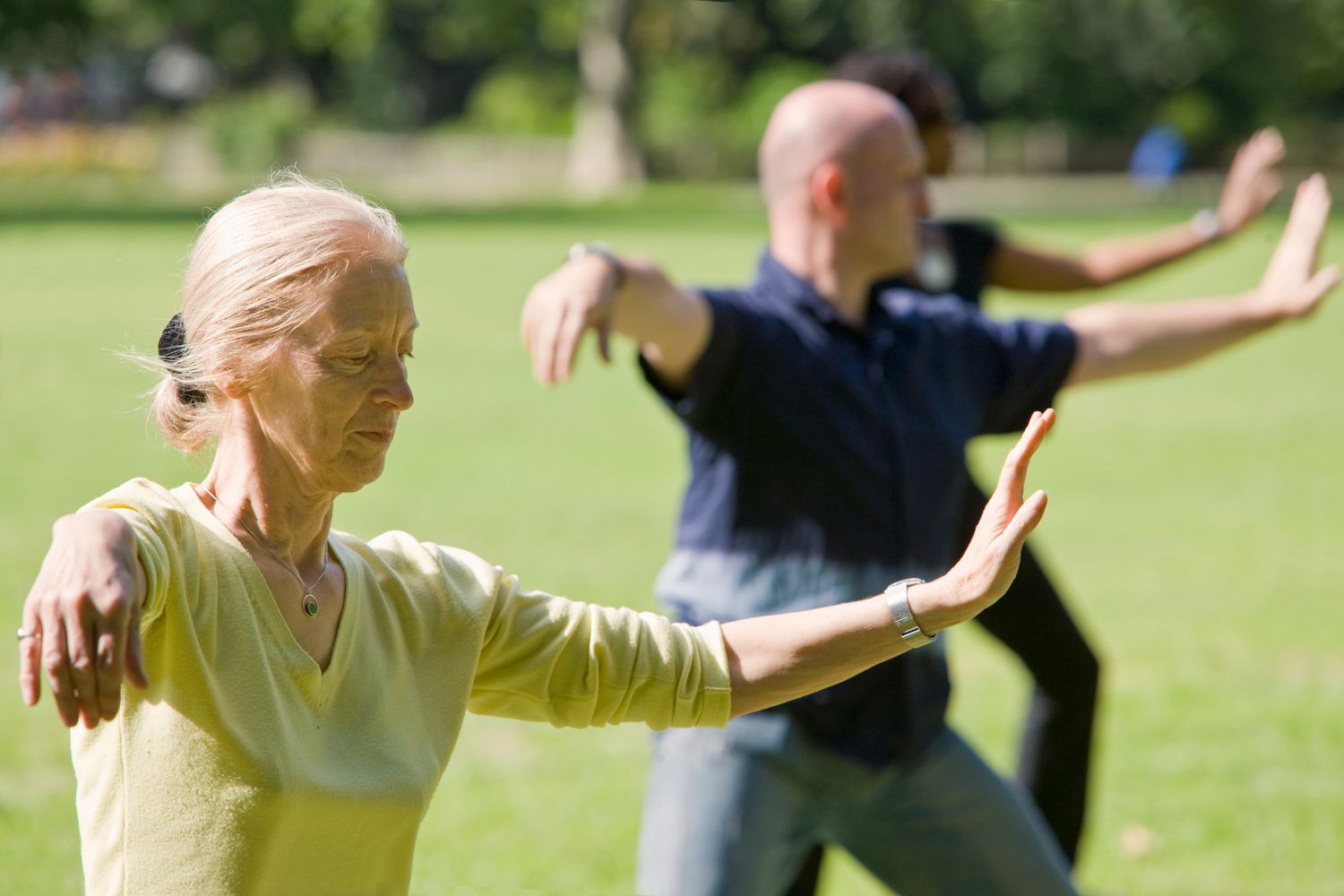Understanding the Role of Breath in Anxiety
Anxiety often disrupts the body’s natural rhythm, leading to shallow breathing, tight muscles, and racing thoughts. These physical changes intensify feelings of unease and create a cycle of tension. A powerful way to counter this effect is through Guided Meditation for Anxiety. By focusing on gentle breathing techniques, guided meditation for anxiety helps calm the nervous system, release stress, and restore balance to both body and mind.
Why Guided Meditation for Anxiety Works
Guided meditation for anxiety works by combining mindful breathing with calming instructions. The practice trains the mind to let go of fear-driven patterns and focus on the present moment. Guided meditation for anxiety slows down racing thoughts, reduces physical stress responses, and creates space for clarity and relaxation. This makes it a natural and effective tool for managing daily worries.
Gentle Breathing as the Foundation
The essence of guided meditation for anxiety lies in the breath. When practiced with intention, each inhale and exhale signals safety to the body, soothing the fight-or-flight response. Guided meditation for anxiety often begins with observing the breath, allowing it to gradually deepen and slow. This simple shift creates an immediate sense of grounding, making gentle breathing one of the most powerful tools in restoring calm.
Visualization with Breathwork
Guided meditation for anxiety often combines breathing with visualization. As individuals breathe gently, they may imagine inhaling peace and exhaling tension. Guided meditation for anxiety transforms this imagery into a powerful technique, helping the mind release negativity and embrace calm. The combination of breath and visualization makes the practice deeply restorative.
Breaking the Cycle of Tension
Anxiety thrives on repetitive thought patterns and physical stress. Guided meditation for anxiety interrupts this cycle by bringing attention back to the breath. Instead of feeding anxious thoughts, the individual learns to focus on breathing as a steady anchor. Guided meditation for anxiety gradually rewires the response to stress, replacing fear with calm awareness.
Daily Integration of Breathing Practice
Practicing guided meditation for anxiety doesn’t require a large time commitment. Just 10–15 minutes of gentle breathing daily can create meaningful change. Morning sessions provide a centered start to the day, while evening sessions release accumulated tension. Guided meditation for anxiety can also be practiced during short breaks, making it adaptable to different lifestyles.
Long-Term Benefits of Gentle Breathing Meditation
Beyond immediate relaxation, guided meditation for anxiety builds resilience over time. It strengthens emotional regulation, improves focus, and fosters greater patience. Guided meditation for anxiety also enhances self-awareness, helping individuals recognize early signs of stress and respond with calmness. These long-term benefits transform breathing meditation into a lifestyle practice rather than just a temporary solution.
Conclusion
Gentle breathing is one of the most effective ways to quiet the mind and ease the body during anxious moments. Guided meditation for anxiety provides a structured approach to this practice, making it accessible and impactful for anyone seeking relief. With consistent effort, guided meditation for anxiety helps break cycles of tension, nurture emotional balance, and restore a deep sense of calmness that carries into everyday life.



